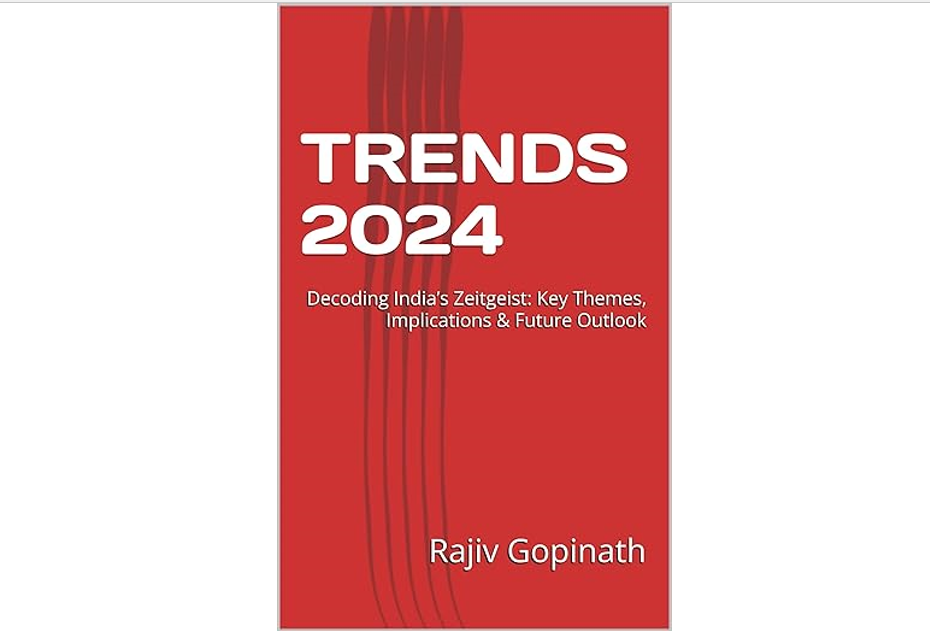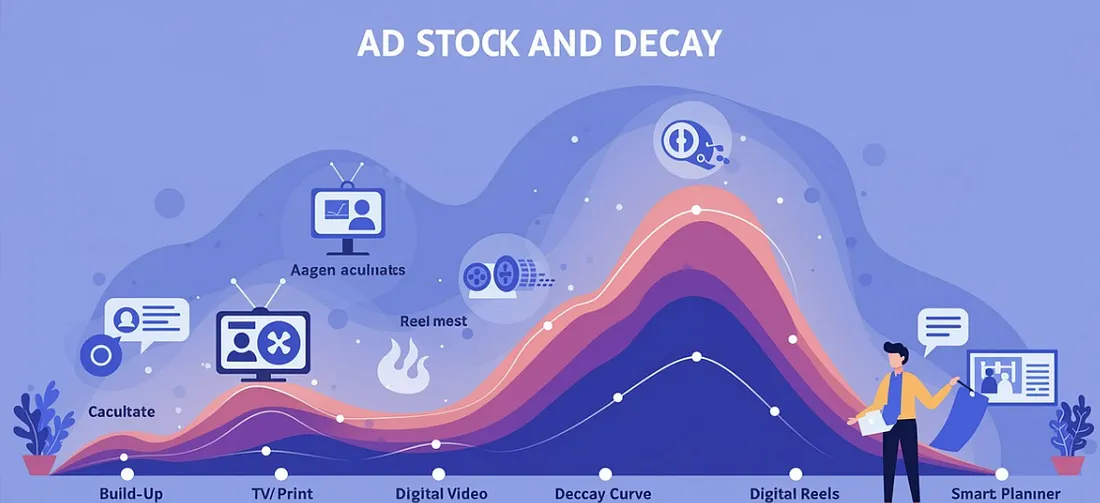The 'No Logo' Branding Trend: Why Some Brands Remove Their Logos
Introduction: The Paradox of Brand Minimalism
In an era of perpetual digital noise and relentless brand messaging, a counterintuitive movement has emerged: the strategic reduction or complete removal of logos from brand assets. This "No Logo" trend—ironically named after Naomi Klein's seminal critique of corporate branding—represents a sophisticated evolution in brand strategy rather than its abandonment. When Bottega Veneta deleted its social media accounts in 2021, or when Burberry temporarily removed its name from its flagship stores, these weren't rejections of branding but rather its refinement. According to research from the Journal of Consumer Psychology, minimalist brand expressions can increase perceived exclusivity by up to 35% among luxury consumers. This movement reflects broader societal shifts: growing consumer skepticism toward overt commercialism, digital fatigue, and a desire for subtler, more authentic brand relationships. This article examines why established brands are strategically minimizing their visual identities, the psychological principles driving this approach, and how the digital transformation has paradoxically fueled the desire for less conspicuous brand signaling.
1. The Evolution of Brand Signaling: From Maximalism to Minimalism
The historical trajectory of brand visibility reveals cyclical patterns and recent acceleration:
a) Historical Context and Cultural Shifts
- Early 20th century branding emphasized bold, repetitive logo placement as quality signifiers.
- The 1990s saw peak logo maximalism with conspicuous consumption emphasized through visible brand markers.
- Professor Jean-Noël Kapferer's research on luxury brand codes identifies a recent "post-status" phase where subtle recognition signals replace overt badging.
b) The Spectrum of Logo Reduction
- Total removal: Brands like Bottega Veneta eliminating logos while maintaining distinctive design elements (intrecciato weave).
- Strategic minimization: Brands like Apple progressively simplifying visual identities to essential forms.
- Temporary abstention: Brands like Coca-Cola's "Share a Coke" campaign temporarily replacing logos with consumer names to create perceived personalization.
2. Psychological Drivers: The Power of Absence
The effectiveness of logo minimization is rooted in cognitive psychology:
a) Perceptual Fluency and Brand Recognition
- Research from Harvard's Behavioral Insights Group demonstrates that mature brands achieve recognition through distinctive assets beyond logos.
- The "Gestalt completion principle" explains how consumers mentally complete familiar but incomplete brand elements.
- Example: McDonald's "Follow the Arches" campaign used partial golden arches as directional signage, with 76% recognition despite no logo or name.
b) Signaling Theory and Insider Recognition
- Thorstein Veblen's century-old theory of conspicuous consumption has evolved into what sociologists call "inconspicuous consumption."
- Subtle brand elements function as in-group signifiers, creating perceptions of exclusivity.
- Example: Maison Margiela's blank white label with four exposed stitches serves as a recognition code for fashion insiders while remaining anonymous to casual observers.
3. Strategic Applications: Beyond Aesthetic Minimalism
Logo reduction serves diverse strategic objectives beyond visual simplification:
a) Brand Elasticity and Architecture Flexibility
- Reduced dependence on explicit logos facilitates smoother brand extensions.
- Example: Muji ("no brand, quality goods") built a global presence across diverse product categories without category-specific logos or identifiers.
b) Digital-Physical Integration
- In digital interfaces, space constraints and user experience considerations favor simplified brand expressions.
- Example: Nike's distinctive "Swoosh" works effectively at minimal sizes across digital interfaces while maintaining recognition.
c) Brand Heritage Reframing
- Legacy brands use logo reduction to signal contemporary relevance while maintaining heritage.
- Example: Burberry's 2018 logo simplification by Peter Saville represented both modernization and a return to archival minimalism.
4. Implementation Challenges: The Balancing Act
Executing logo reduction strategies presents significant challenges:
a) Brand Equity Preservation
- Without explicit logos, brands must establish and maintain other distinctive assets.
- Professor Byron Sharp's research on "distinctive brand assets" provides a framework for measuring recognition beyond logos.
b) Adoption Timing and Brand Lifecycle
- Logo minimization typically requires established brand awareness to be effective.
- Emerging brands risk anonymity without clear identification during growth phases.
c) Global Recognition Variability
- Brand familiarity varies dramatically across markets, requiring market-specific adaptation of minimalist approaches.
- Example: Luxury brands maintain more prominent logos in emerging markets where brand literacy is still developing.
5. Future Trajectories: The Next Phase of Brand Expression
The logo minimization trend continues to evolve in new directions:
a) Dynamic and Contextual Brand Elements
- AI-driven responsive logos adapt to viewer context and behavior.
- Example: Google's variable logo maintains recognition while changing form for different applications and contexts.
b) Sensory Branding Beyond Visual Identities
- As visual logos recede, multi-sensory brand signatures gain prominence.
- Example: Mastercard's "sonic brand" functions as an audio logo in contexts where visual elements are impractical.
c) Blockchain-Verified Authenticity
- Digital authentication may replace visible logos as authenticity markers.
- Example: LVMH's AURA blockchain consortium allows product verification without prominent logos.
Conclusion: The Strategic Power of Restraint
The "No Logo" trend represents a sophisticated evolution in brand strategy rather than its rejection. By reducing explicit brand markers, companies can create more nuanced consumer relationships, signal insider status, and develop flexible brand architectures suited to digital environments. This approach requires substantial existing brand equity, careful implementation, and the development of distinctive assets beyond logos. As consumers increasingly value subtlety and authenticity, brands that master the strategic use of absence and restraint will create deeper connections and more sustainable competitive advantages. The future of branding may lie not in what is added to products and experiences, but in what is thoughtfully removed.
Call to Action
For marketing leaders considering logo minimization strategies:
- Conduct comprehensive brand distinctiveness audits to identify recognizable assets beyond logos.
- Develop market-specific implementation roadmaps that account for varying levels of brand familiarity.
- Invest in measuring implicit brand recognition to track effectiveness of subtler brand expressions.
- Create internal design guidelines that maintain brand cohesion despite reduced explicit branding.
Featured Blogs

TRENDS 2024: Decoding India’s Zeitgeist: Key Themes, Implications & Future Outlook

How to better quantify attention in TV and Print in India

AI in media agencies: Transforming data into actionable insights for strategic growth

How the Attention Recession Is Changing Marketing

The New Luxury Why Consumers Now Value Scarcity Over Status

The Psychology Behind Buy Now Pay later

The Rise of Dark Social and Its Impact on Marketing Measurement

The Role of Dark Patterns in Digital Marketing and Ethical Concerns

The Future of Retail Media Networks and What Marketers Should Know
Recent Blogs

Ad Stock & Decay: The Invisible Hand Guiding Media Schedules

The Big Mac Illusion:What a Burger Tells Us About Global Economics

When Search Starts Thinking How AI Is Rewriting the Discovery Journey

CEP Tracker The Modern Brand Health Metric

Cracking Growth: How to Leverage Category Entry Points (CEPs) for Brand Advantage


